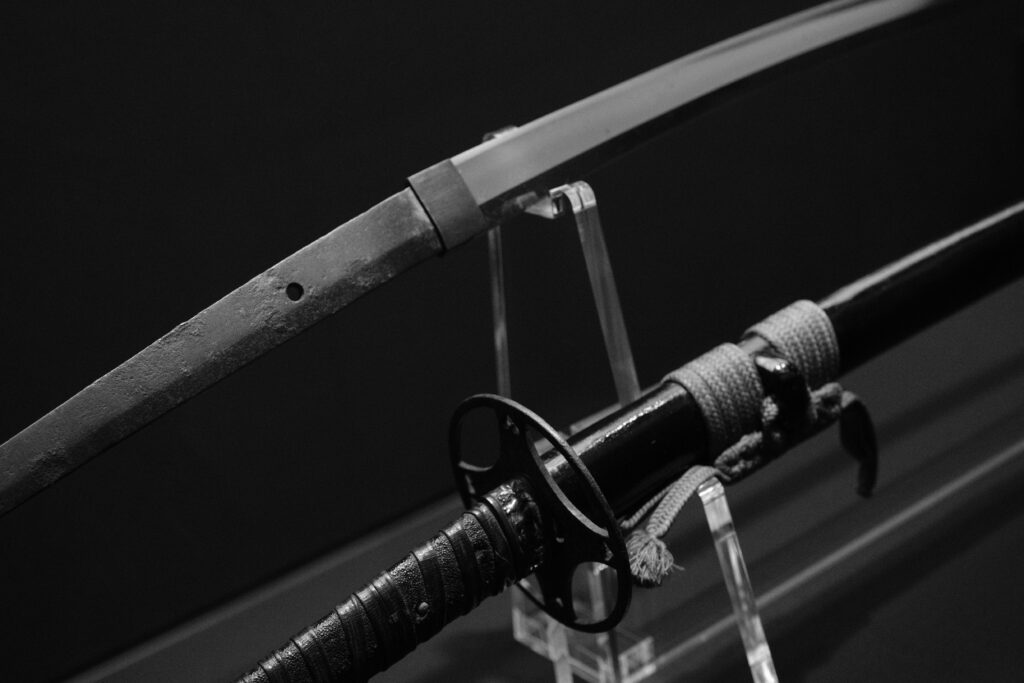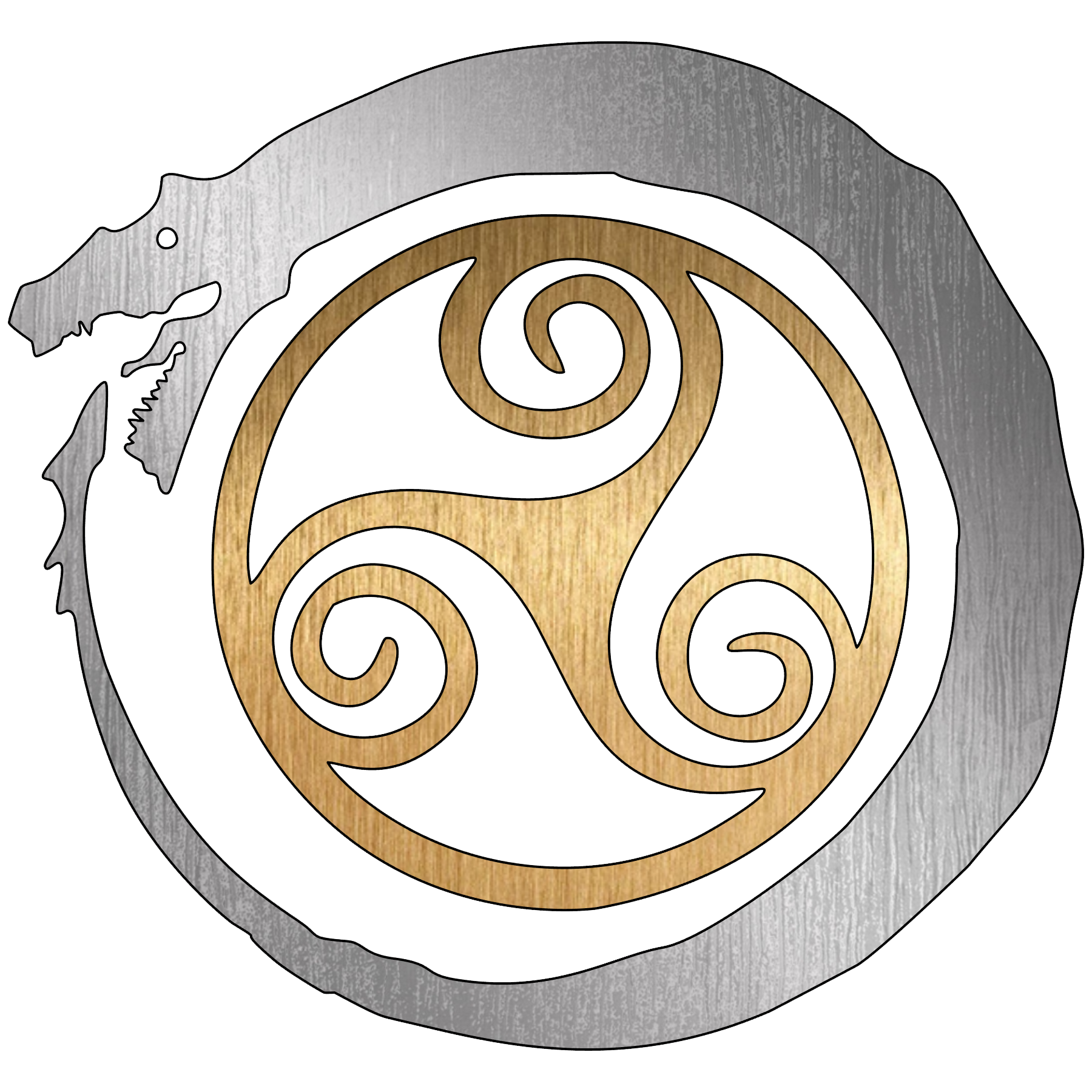
Good day, all you magnificent Heathens!
For some Heathens, Yule is finally over: we have crossed over into shortening nights and longer days.
As we celebrate this time, we also cross the threshold into February – an important month for remembrance and celebration!
So, let’s kick off AtN’s Black History Month with a trip to Japan, with a fairly mysterious man who history only knows as Yasuke.
In 1579, a Jesuit missionary by the name of Alessandro Valignano entered Japan with a small retenue that included a nameless man who is mostly likely to have been born in Mozambique. The records for this man have been lost in the winds of history, so any form of family, heritage, or home are unknown. He appeared to be either a follower of Valignano, or an assistant.
They stayed in the town of Kyushu, and after two years, Valignano was beginning preparations to move on. Before leaving, however he wished to visit with Oda Nobunaga. As he was the most powerful man in Japan, Valignano wished to ensure his faith’s continuation with a goodwill visit to Nobunaga.
So, in 1581, they traveled to the Japanese capitol and on March 27, Valignano and the nameless man – joining as an attendant – met with Nobunaga.
Now, what transpired next, by today’s standards would land Nobunaga in hot water, so to speak. However, despite his influence, he had never seen an African-born person before. After a couple of demanded baths and scrubs, Nobunaga’s fascination with this man’s skin colour quickly waned, and he became more intrigued in him as an actual person. He asked Valignano if this man could stay in Japan. The Jesuit, seeing an opportunity for the spread of his faith, agreed.
The man was given a name by Nobunaga – Yasuke – and became his retainer. At this same meeting, he received a sword, a house, as well as a stipend. Understanding some Japanese, Yasuke spent the next few months constantly in conversation with Nobunaga. Whether it was these conversations, his physical prowess – or possibly the combination of these – Yasuke was quickly raised to rank of “koshō” (page), and many people even went so far as to believe Yasuke would quickly become a “tono” (lord).
Things, however, took a turn for the worse on June 21, 1582, when Nobunaga was betrayed and attacked by his senior vassal. The battle was reportedly swift and blood, and left Nobunaga badly wounded. He commited suicide, and after (supposedly) witnessing this event, Yasuke quickly made his way to the residence of Nobunaga’s heir – Nobutada. It was there, he intercepted more of the betraying forces, and spent “a very long time” battling them.
Yasuke finally stood down, once a vassal of the leader of the betrayers showed up, and promised they would not attack him, if he handed over his sword. Once he did so, the leader told his forces what to do with Yasuke – history is still unclear whether he meant the words to be discriminatory, or as a way to expedite Yasuke’s departure.
Regardless, he was taken away, and history’s only remaining records of Yasuke’s presumed survival is written five months later by another missionary by the name of Luís Fróis, thanking god for his survival.
As quickly and mysteriously as Yasuke entered the annals of history, his presence departed. Countless speculation exists of his continued life, however nothing concrete exists.
Thus, the recount of a stranger who travels to a strange land, and changes a part of its history comes to a close. However, the fascination with Yasuke has never left us. Almost 500 years later, and there are still a multitude of media – both fictional and non-fictional – across the globe, of this powerful African man. From Manga to comics, movies, to shows: allusions to direct connections. The story of Yasuke touches us all, on some deep level.
As heathens, following a religion built by a culture that put heavy emphasis on martial prowess, and an exchange of cultural ideals, Yasuke’s story can still inspire us today. Even if they come from half way across the world from the birthplace of our beliefs.
- Image Credit Seiya Maeda via unsplash.com ↩︎

No responses yet